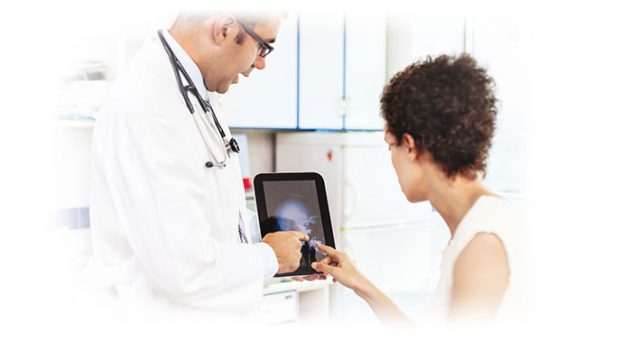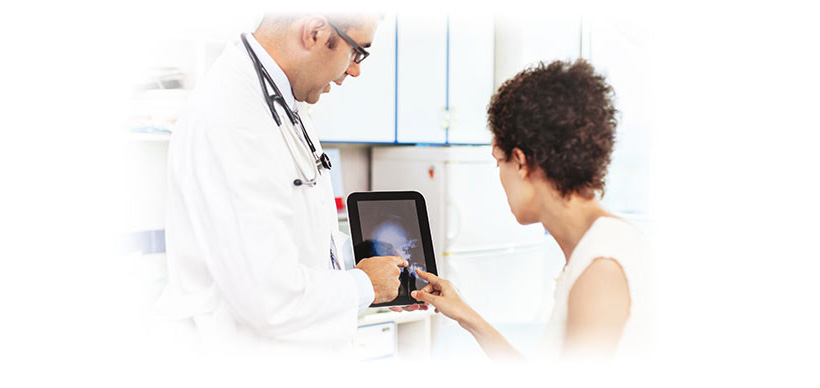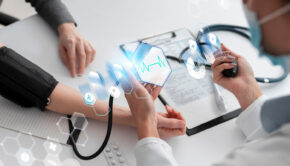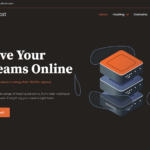Tech solutions for health care industry
In this age of automation and innovation, technology has taken over different institutions. When it comes to the health industry, med gadgets and various applications have been devised to aid the various processes carried out by hospitals.
Breakthroughs in information gathering, research, treatments and communication have provided medical personals new tools to work with and advanced ways to practice medicine.
Today, we have a vast array of choices. So if you’re operating in the health industry and not sure about the technology you need to invest in, worry no more. We have put together a list of technology solutions for the healthcare industry to help guide your decisions.
- Medisoft
Are billing and insurance a hassle for your business? Worried about making mistakes and disrupting the entire process? Then you should consider introducing Medisoft for your business.
The technology provides simplified features to aid billing and insurance procedures for physicians. Medisoft can store and recalls 26 prices for each procedure, mark them appropriately and eliminate mistakes that would normally occur if the same was done manually, or using conventional tools.
It also provides diagnosis codes that are HIPAA approved, and gives specific patient account activity such as outstanding payments etc. This is a software specially designed for hospitals looking to increase their efficiency.
- EHR (electronic health records)
Record keeping is a crucial element for health institutions. Any errors in patients’ records could lead to critical situations, and in extreme cases could even pose a risk to a patient’s life.
To eradicate these errors, the EHR should be introduced. The application records every piece of information related to the patient in an easily accessible and convenient record.
This could prove to be very helpful in emergency situations or when multiple clinicians are working on a single patient.
In such situations, the chances of errors in records, medication or billing are quite common.
Moreover, electronic prescriptions have been proved to make 50% fewer errors compared to handwritten ones.
- Twilio
This application can give your institution a more professional look and feel by adding new communication features, and creating a new appeal to customers.
Through this app, hospitals can now operate using a separate number coded after their own name. This number can be further altered according to the country or region the institution is running in.
Moreover, the cost of making calls or texts by the institution may no longer have to be incurred, as all of this is all done online.
Lastly, this application also provides an option test, and different API functions before the actual implementation.
- Computerised physician entry (CPOE)
This includes medical professionals, such as doctors, nurses etc entering medication information like orders to and from others physicians electronically rather than carrying out those tasks manually.
This eliminates the confusion that usually arises due to poor handwriting or transcription of medication orders.
CPOE can be useful in group investigations and treatments; this can be beneficial to hospitals especially when it comes to standardising the level of care and providing excellent service to customers.
Hospitals in the U.S are increasingly adopting computerised physician entry systems, and with different measures taken by organisations to create awareness, according to a survey released Friday by the leapfrog group, fierce healthcare reports, in 2003 1,437 hospitals were queried on several key areas of hospital quality, safety and the use of CPOE.
According to their standard, at least 75% of inpatient medication orders must be placed using a CPOE system.
- Electronic Resource Planning (ERP)
Safety of patients or visitors is paramount to health institutions. Although a hefty amount of capital is injected to ensure the patient security, the ERP should be on the top of that list of investment.
This can be an excellent way to optimise patients’ safety. It can also monitor all those who enter and exit the hospital premises can instil a sense of security among patients as people entering and leaving the premises can also be monitored.
Furthermore, the ERP could also be used to provide quality of care to patients, along with operational efficiency for physicians while keeping costs down and optimising back-end operations.
There are instances where certain resources are needed immediately, mostly in emergency situations such as a surgery, etc.
In cases like these the ERP can be the best solution for health institutions as it minimizes the time taken to communicate important information specially during critical times when a delay could compromise lives.
About the Author:
Erica Silva is a Freelance writer by day and sports fan by night. I write about tech education and health related issues (but not at the same time). Live simply, give generously, watch football and a technology lover.
















